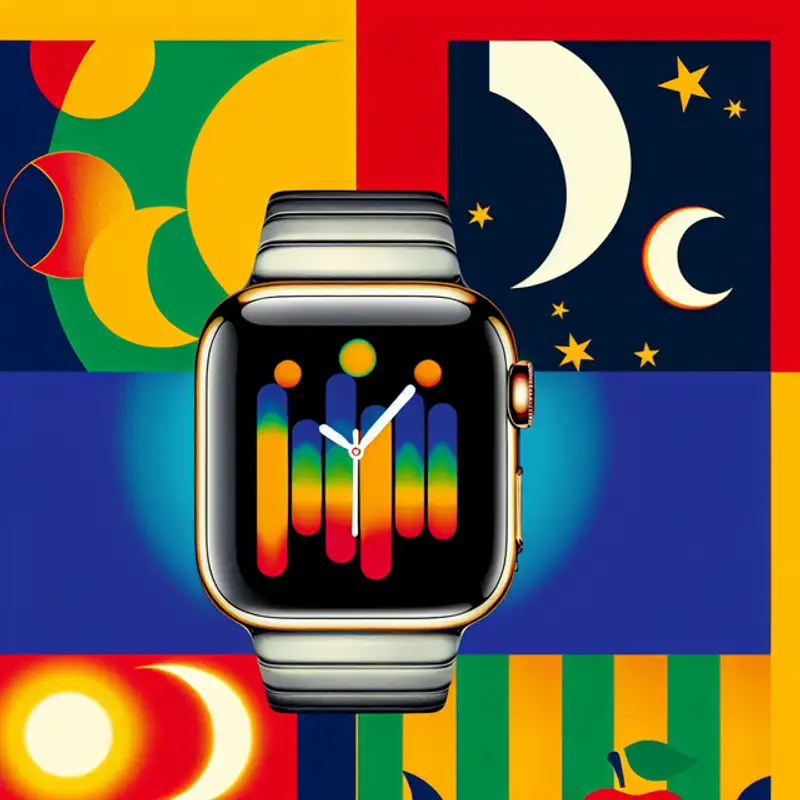Ever stared at your Apple Watch sleep data and wondered what in the world “core sleep” is? Spoiler alert: it’s not some mystical power nap for your soul—it’s just a fancy way Apple defines light sleep. While science calls it N1 and N2 stages, Apple rebranded “light sleep” as “core sleep” to stop us from underestimating its importance. Why? Because this type makes up nearly half your night and plays a key role in recovering your brain and body. But don’t go tweaking your bedtime routine based on the numbers just yet—your watch is doing its best without actual brain scans. In the world of sleep science, “core sleep” can mean something totally different, and that’s what makes it all, well, confusing and kind of hilarious. Let’s break this snoozy terminology down so you can actually understand what your wrist is trying to tell you.
Key Takeaways:
- Apple's "core sleep" is just another name for what scientists call "light sleep"—specifically Non-REM stages N1 and N2.
- Apple's choice to rename it was intentional: “The label Core was chosen to avoid possible unintended implications of the term light,” because N2 makes up over 50% of your total sleep time and includes key brain activity like sleep spindles and K-complexes.
- Sleep stages defined by science:
- N1: Very light sleep (about 5%)
- N2: Light/core sleep (about 45%)
- N3: Deep sleep/slow wave sleep (about 25%)
- REM: Dream-heavy, brain-active stage (about 25%)
- Sleep trackers like the Apple Watch estimate sleep stages based on movement, and aren’t as accurate as medical-grade equipment like EEGs.
- If Apple Watch says you’re low on core sleep, don’t panic—it might be a tracking error. Just aim to improve your overall sleep hygiene:
- Set a consistent wake-up time
- Wind down without screens before bed
- Keep your room cool and dark
- Avoid caffeine and alcohol in the evening
- “Core sleep” has had other meanings:
- Sleep researcher James Horne used it in the 1980s to refer to the first 5 hours of sleep—what he considered “obligatory.”
- Some sources incorrectly define "core sleep" as only deep and REM sleep.
- The biohacker crowd uses “core sleep” as the longest nap in polyphasic sleep schedules.
- Bottom line: If you're using an Apple Watch, “core sleep” = light sleep. Not light on impact—just a softer stage of slumber.
Extra nugget: Despite sounding sleek and essential, “core sleep” as used by Apple is more about branding and user psychology than breaking new scientific ground. So, wear it well—but sleep with skepticism!
Link to Article
 Episode
Episode